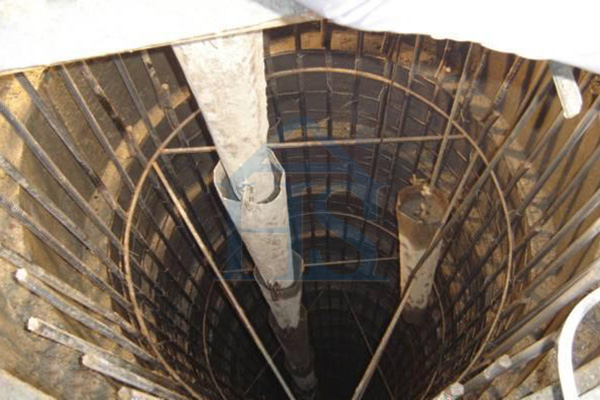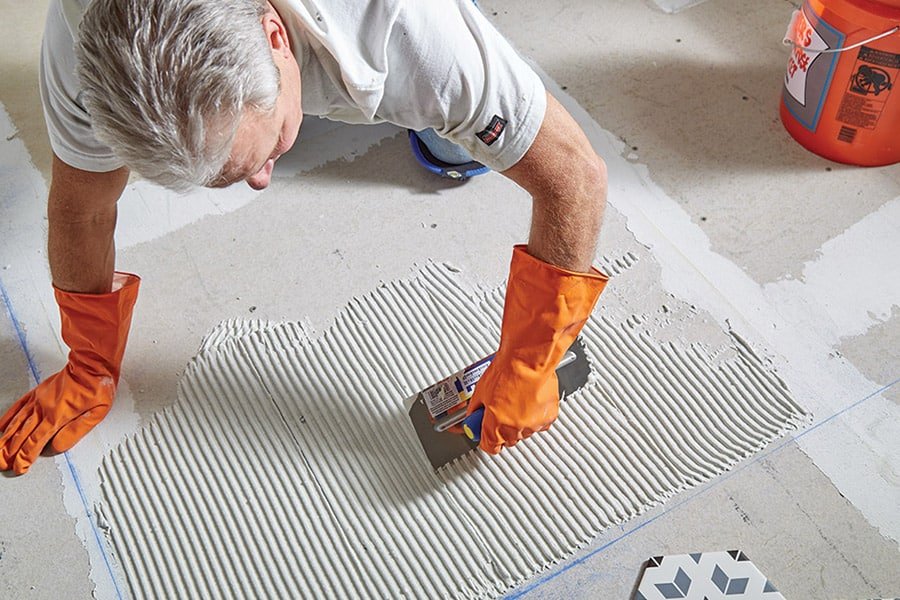High-performance grouts and mortars are used in applications where conventional cementitious materials cannot meet the required performance criteria. Examples include structures subjected to high stresses, aggressive environments, or extreme temperatures. Silica fume is a key ingredient in high-performance grouts and mortars, as it can improve their strength, Haltbarkeit, permeability, Bearbeitbarkeit, pumpability, and heat of hydration.
Eigenschaften von Silica Fume
1.Particle Size Distribution
Silica fume particles have a very narrow size distribution, typischerweise im Bereich von 0.1 zu 1 Mikron. This is much smaller than the particle size distribution of other ergänzende zementartige Materialien (SCMs) wie zum Beispiel Flugasche or slag, which typically range from 1 zu 100 Mikrometer. The small particle size of silica fume allows for better packing density in the cementitious matrix, resulting in improved strength and reduced permeability.
2.Oberfläche
Silica fume has a very high surface area, normalerweise herum 20-30 m2/g. This is much higher than the surface area of other SCMs, which typically range from 300 zu 600 m2/g. The high surface area of silica fume allows for better reactivity with cement particles, resulting in improved strength and reduced permeability.
3.Chemische Zusammensetzung
Silica fume is primarily composed of silicon dioxide (SiO2), with small amounts of other oxides such as aluminum oxide (Al2O3), Eisenoxid (Fe2O3), und Calciumoxid (CaO). The chemical composition of silica fume can vary depending on the source material and production process. Compared to other SCMs, silica fume has a much higher SiO2 content and lower levels of impurities.
Benefits of Using Silica Fume in Grouts and Mortars
1. Increased Strength and Durability
Silica fume can significantly improve the compressive, biegsam, and tensile strength of grouts and mortars. This is due to its pozzolanic reaction with cement, which forms additional calcium silicate hydrate (C-S-H) gel and reduces the porosity of the cementitious matrix. Silica fume can also improve the durability of grouts and mortars by reducing their susceptibility to chemical attack, Frost-Tau-Zyklen, and alkali-silica reaction.
2. Reduced Permeability and Porosity
Silica fume can significantly reduce the permeability and porosity of grouts and mortars, which is critical in applications where water or aggressive chemicals can penetrate the concrete and cause damage. The small particle size of silica fume allows it to fill the voids between cement particles, resulting in a more densely packed matrix that is less permeable to fluids.
3. Improved Workability and Pumpability
Silica fume can improve the workability and pumpability of grouts and mortars by reducing their viscosity and increasing their flowability. This is due to the ball-bearing effect of the small silica fume particles, which can lubricate the cement particles and reduce friction. Improved workability and pumpability can lead to reduced labor costs and improved construction efficiency.
4. Reduzierte Hydratationswärme
Silica fume can also reduce the heat of hydration of cementitious materials, which is important in large pours or mass concrete structures. The high reactivity of silica fume allows it to consume more of the calcium hydroxide produced during cement hydration, resulting in less heat generation. This can help prevent thermal cracking and improve the long-term durability of the concrete.
Applications of Silica Fume in High-Performance Grouts and Mortars
1. Brücken und Autobahnen
Silica fume is commonly used in bridge and highway construction, where high-performance grouts and mortars are required to withstand heavy traffic loads, Frost-Tau-Zyklen, and exposure to de-icing chemicals. Silica fume can improve the durability and reduce the permeability of concrete in these applications, resulting in longer service life and reduced maintenance costs.
2. Meeresstrukturen
Silica fume is also used in marine structures such as seawalls, Pfeiler, und Offshore-Plattformen, where the concrete is exposed to seawater, wave action, and chloride attack. Silica fume can improve the durability and reduce the permeability of concrete in these harsh environments, resulting in longer service life and reduced maintenance costs.
3. Industrieboden
Silica fume is used in industrial flooring applications where the concrete is exposed to heavy machinery, Abrieb, and chemical spills. Silica fume can improve the compressive strength and abrasion resistance of the concrete, resulting in longer service life and reduced maintenance costs.
4. Refractory Castables
Silica fume is used in feuerfeste Feuerbetone, which are high-temperature materials used in furnaces, Öfen, and other industrial applications. Silica fume can improve the high-temperature strength and abrasion resistance of the castables, resulting in longer service life and reduced maintenance costs.
Mixing and Handling of Silica Fume in Grouts and Mortars
1. Precautions for Safe Handling
Silica fume is a fine powder that can be hazardous to human health if inhaled. Proper precautions should be taken during handling, including the use of personal protective equipment, adequate ventilation, and dust suppression techniques.
2. Mixing Procedures
Silica fume should be added to the mix water before the cement and aggregates to ensure proper dispersion. The mixing time may need to be increased to ensure full hydration of the silica fume particles. The water-cement ratio should be adjusted to compensate for the increased water demand of silica fume.
Abschluss
Silica fume is a key ingredient in high-performance grouts and mortars, offering numerous benefits including increased strength and durability, reduced permeability and porosity, improved workability and pumpability, and reduced heat of hydration. It is used in a variety of applications including bridges and highways, Meeresstrukturen, industrial flooring, and refractory castables.
The demand for high-performance grouts and mortars is expected to continue to grow as construction projects become more complex and challenging. Silica fume is expected to play an important role in meeting this demand, as research continues to improve our understanding of its properties and potential applications.





